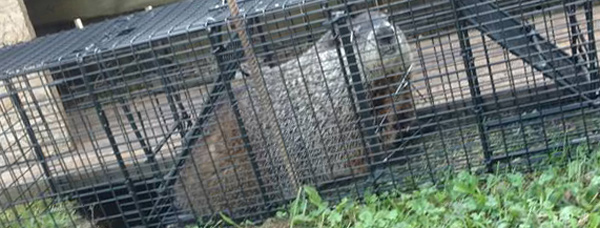- info@wildlife-removal.com
Call us for help in your town
Wildlife Removal Education
Symptoms of A Sick Groundhog
Need groundhog removal in your hometown? We service over 500 USA locations! Click here to hire us in your town and check prices - updated for year 2020.
Trying to identify a sick animal will often require a significant time spent observing and examining the animal, and it can be difficult to spot whether an animal is ill at first glance. There are however a few different types of symptoms that may be an indication, and if you do identify these then it can make sense to observe the animal for a longer period to see if there are any other signs of illness. Here are some of the symptoms to keep an eye out for if you are observing a groundhog you think may be ill.

Activity At Unusual Times Of The Day
Although many people think that being active during the day means that a groundhog will have rabies, this is certainly only the case in a small number of cases. However, there are several reasons why a groundhog may be active in the middle of the day, one of which can be a disease, but this shouldn't be taken as concrete evidence the groundhog is sick.
Mucus Around Eyes And Nose
If you are able to get close enough to the groundhog, or are able to watch it through binoculars then another sign that you may spot that can be an indicator that the animal is ill. This build up of mucus and fluids around the eyes and the nose of the animal will usually show as a sticky wet patch, and can be an indicator of a variety of different diseases.
Lack Of Appetite
A large proportion of the time the groundhog spends active around dusk and dawn will be involved in foraging for food, and a lack of appetite is a key sign that the animal may be ill. This can be caused by parasitic organisms and other conditions, and one of the results of this can be weight loss.
Frothing At The Mouth
This is a symptom of rabies which is particularly well known because of how dangerous the disease can be, and if you do come across a groundhog showing the white froth around the edges of its mouth, then its well worth staying clear.
Unusual Aggression
Although groundhogs can be aggressive when they are cornered or they fear that their young are under threat, they will usually look to avoid confrontation with people or other animals where possible. If a groundhog is showing an unusual level of aggression, then this can be an indicator of several diseases, one of the most serious being rabies.
Go back to the Groundhog Removal page.


















